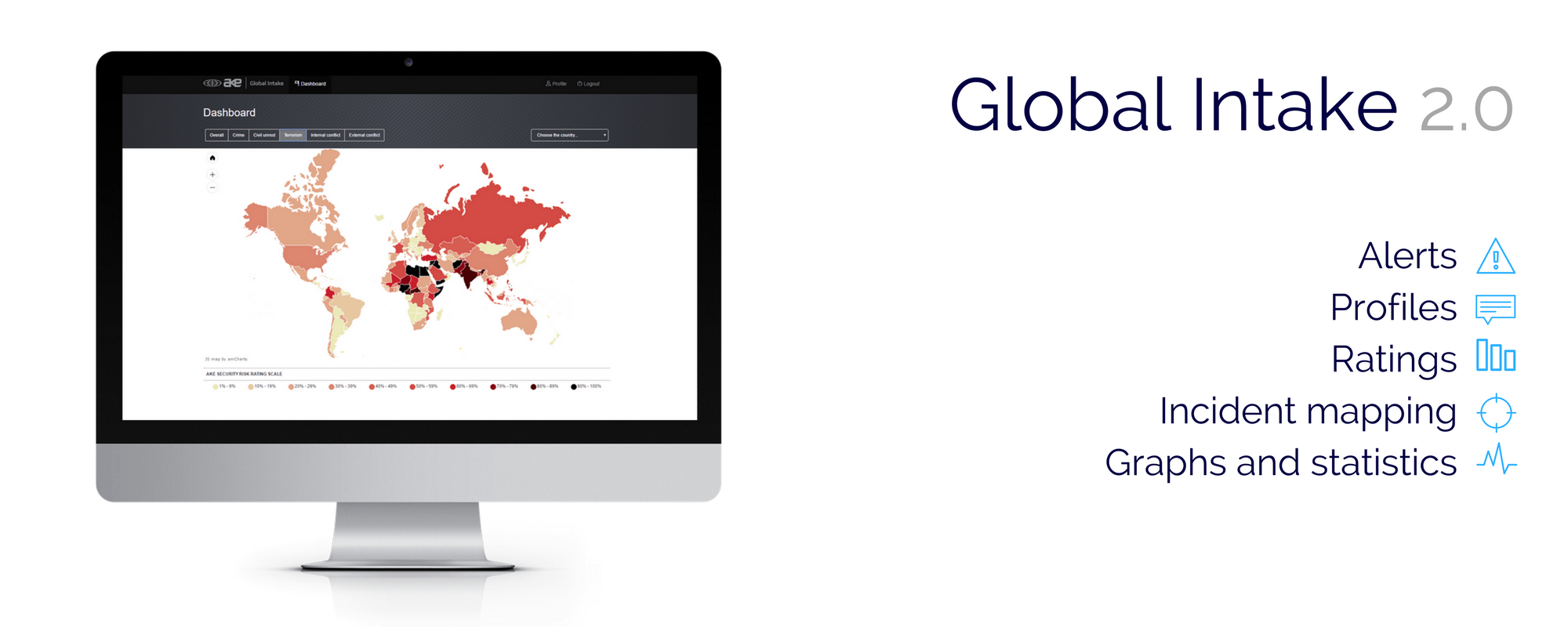Date first published: 11/12/2018
Key sectors: retail; transport; pensions
Key risks: civil unrest; vandalism; political instability
President Emmanuel Macron caved to violent street protests, by a group known as the ‘Gilets Jaunes’ or Yellow Vests, on 10 December and announced as series of economic measures aimed at placating their demands. Macron acknowledged that his own attitude and actions bore responsibility for the protests, which have so far seen looting and violence blight central Paris for four consecutive weekends.
President Macron was easily elected in the second round of the 2017 election, defeating far-right candidate Marine Le Pen in a runoff that was hardly ever in doubt. His newly-founded La Republique En March (LREM) party sucked up leading centrist members of both the Republican and Socialist Parties that had traditionally dominated French politics and cruised to a comfortable victory in that year’s parliamentary elections. Both Macron and LREM’s approval numbers are now abysmal.
Macron himself has been the target of vicious criticism, particularly over his supposedly-regal airs and style. He has openly admitted that he thinks the French presidency should hold a powerful symbolism able to shape the national agenda. The airs on which he coasted after his and LREM’s comfortable elections saw him pursue his economic reform agenda with little concern over messaging and the potential for backlash. Striking the taxes on the ultra-wealthy while pushing ahead with fuel tax raises and taxes on pensioners was certainly not received well, even if it forms a key part of the long-overdue economic reform agenda.
The Yellow Vests demonstrators have made clear this is should not be the case. The movement is notable as it is rather leaderless and has clear support from both elements of the far-right and the far-left. One of the underplayed stories of the 2017 election was the rise of Jean-Luc Melenchon and his radical left wing La France Insoumise party, some members of which have openly supported the demonstration. The regular rise of radical parties is nothing new to French politics, nor are the linkages between elements of the far-left and far-right. However, the rise of the Yellow Vests’ movement will raise major concerns if one political force is able to harness its anger.
Finally, Macron’s concessions will prove costly and cast into doubt whether Paris will comply with European budgetary recommendations. At the same time it remains to be seen whether they will assuage protesters or risk violent elements resuming their arson attacks, vandalism, and unrest, which have already caused the Central Bank to downgrade its growth forecasts for the fourth quarter of 2018. The movement’s apparently-decentralized nature may mitigate its ability to rise into a political force, but also mean that it is unlikely Macron’s efforts will be universally accepted by participants. Unlike France’s infamous strikes, which are organised under the auspices of highly-centralised unions, there is no credible voice who can speak as to whether Macron’s efforts are sufficient.
Even Macron’s concession announcement made clear his disdain for the protesters. He will not be the King in Yellow, but others will certainly try. Even if the Yellow Vests protests fizzle out this weekend or the next, the protests have highlighted the efficacy of such action in securing concessions from the government. Although any reconciliation between leaders like Melenchon and Le Pen is highly likely to remain out of reach, both their parties and wider elements will seek to find new ways to bend the horseshoe together.


